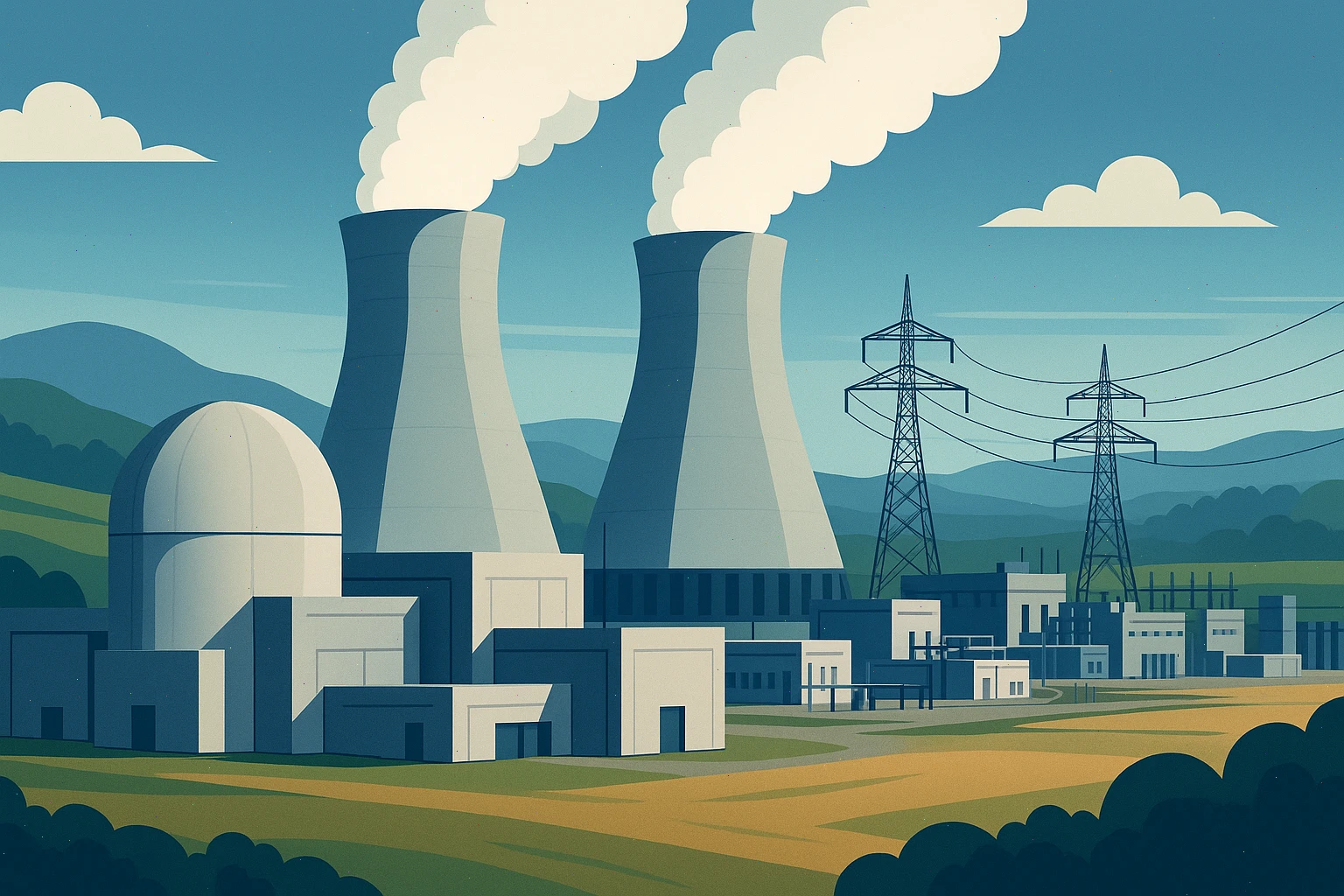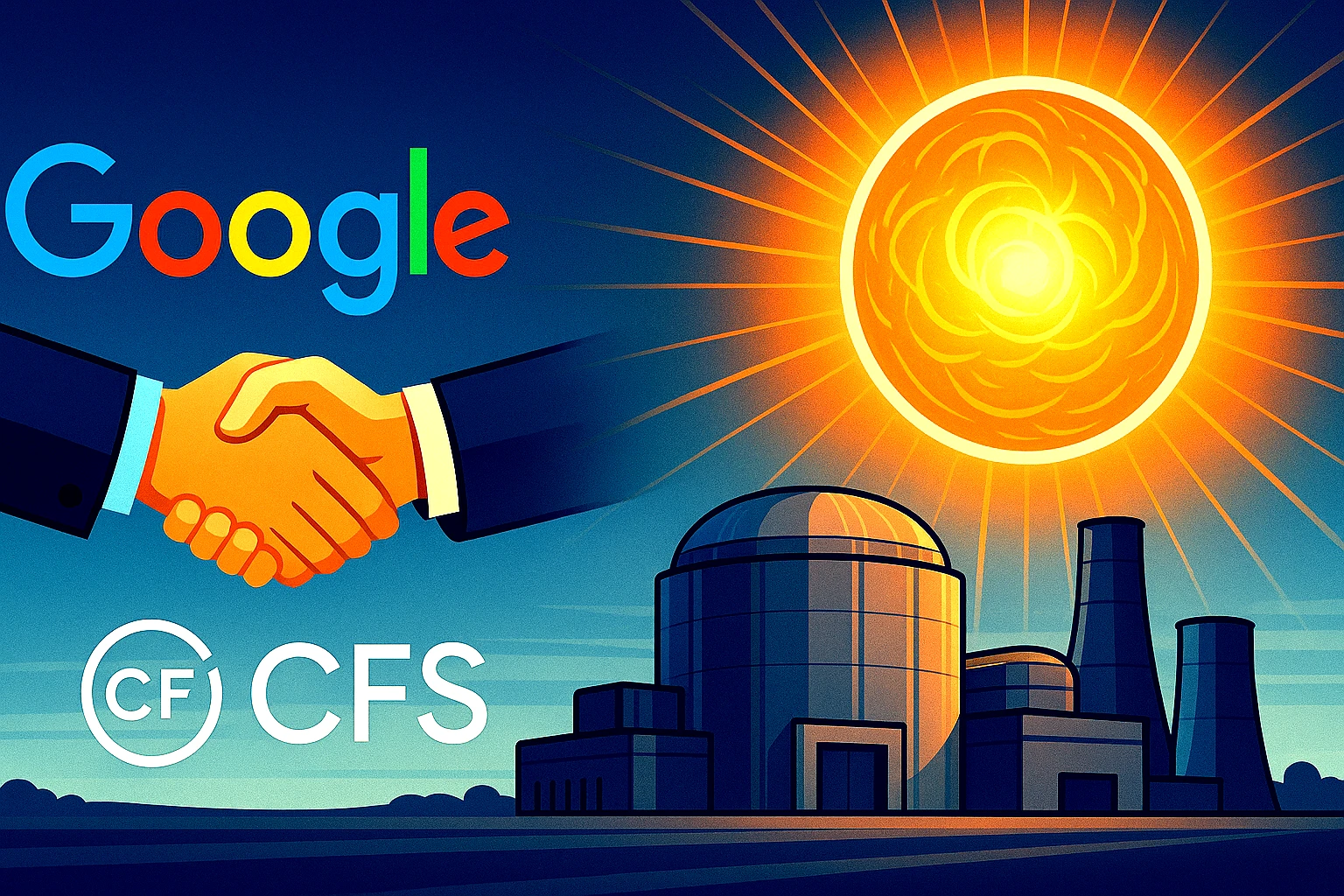Once dismissed as a perennial joke — “always a decade away” — fusion energy is now on the verge of becoming one of the most transformative technologies in human history. Once seen as expensive and impractical, fusion is increasingly viewed as a credible solution for clean, nearly limitless energy.
This shift has been fueled by advances in powerful computing, artificial intelligence, and high-temperature superconducting magnets. These technologies are accelerating the development of reactors, improving simulations, and enabling better control of plasma dynamics.
A Historic Scientific Breakthrough
In 2022, a U.S. Department of Energy lab achieved a major milestone: a fusion reaction that produced more energy than was put in by the lasers — reaching “scientific breakeven.” While this is not yet commercial breakeven, it validated decades of scientific work and spurred fresh momentum among fusion startups and investors.
Commonwealth Fusion Systems: Leading the Pack
With a $1.8 billion Series B in 2021, Commonwealth Fusion Systems (CFS) became the leading player in the field. Based in Devens, Massachusetts, and spun out of MIT, CFS is developing Sparc, a tokamak-style reactor wrapped in superconducting tape to control the plasma. Its commercial successor, Arc, is expected in the early 2030s. Backed by Breakthrough Energy Ventures, Bill Gates, and others, CFS has raised $2 billion.
TAE Technologies: Stabilizing Plasma With Particle Beams
Founded in 1998 and formerly known as Tri Alpha Energy, TAE uses a field-reversed configuration stabilized by particle beams. This innovation extends the time for fusion reactions to occur. With $1.79 billion raised — including $150 million from Google, Chevron, and New Enterprise — TAE continues to push forward.
Helion: Aggressive Timeline, Big Backers
Helion, based in Everett, Washington, targets electricity production by 2028 — with Microsoft as its first customer. Using magnetic fields and plasma collision, Helion’s design directly generates electricity. With $1.03 billion raised from investors like Sam Altman, KKR, and BlackRock, and its Polaris prototype already active, Helion is moving fast.
Pacific Fusion: Big Bet on Electromagnetic Compression
Pacific Fusion raised a staggering $900 million Series A to pursue inertial confinement fusion using precisely timed electromagnetic pulses. Led by Eric Lander of Human Genome Project fame, the company’s funding is milestone-based — a model borrowed from biotech.
Shine Technologies: Practical Now, Fusion Later
Rather than aiming straight for fusion energy, Shine Technologies is monetizing adjacent markets by producing medical isotopes and recycling radioactive waste. The company has raised $778 million and is building foundational capabilities for future fusion power plants.
General Fusion: Magnetized Target Fusion Under Pressure
Founded in 2002 in British Columbia, General Fusion uses pistons to compress plasma within a liquid metal chamber. The company has raised $440 million but hit financial trouble in 2025 during the development of its LM26 device, resulting in significant layoffs.
Tokamak Energy: Compact Design, Global Ambition
UK-based Tokamak Energy has raised $336 million to build spherical tokamaks with high-temperature REBCO magnets. Its ST40 prototype reached 100 million°C in 2022. Demo 4, its next step, aims to simulate power plant-like conditions.
Zap Energy: No Magnets, Just a Zap
Zap Energy, also from Everett, Washington, uses a unique approach — confining plasma through an electric current that creates its own magnetic field. With $327 million raised, Zap avoids expensive magnets and lasers, offering a simpler, cost-effective path.
Proxima Fusion: Betting on Stellarators
Proxima Fusion is exploring stellarators — twisted magnetic configurations offering stable plasma confinement. It has raised over €185 million, challenging the tokamak-dominated fusion landscape with a design inspired by the Wendelstein 7-X in Germany.
Marvel Fusion: Semiconductor-Based Inertial Confinement
Munich-based Marvel Fusion uses lasers to target silicon-structured fuel pellets, leveraging semiconductor manufacturing techniques. Its demo facility at Colorado State University is expected in 2027. Marvel has raised $161 million from deep-pocketed backers.
First Light: Pivoting From Power to Technology
First Light, once a fusion contender, pivoted in 2025 to supplying tech to other fusion ventures. Originally focused on inertial confinement, the Oxfordshire startup has raised $140 million and is now leveraging its expertise as a supplier.
Xcimer: A Bigger, Better Laser-Based Approach
Founded in 2022, Xcimer aims to build a 10-megajoule laser system — five times more powerful than the one that achieved net-positive fusion at NIF. The company has raised $109 million and plans to use molten salt walls for heat capture and protection.



